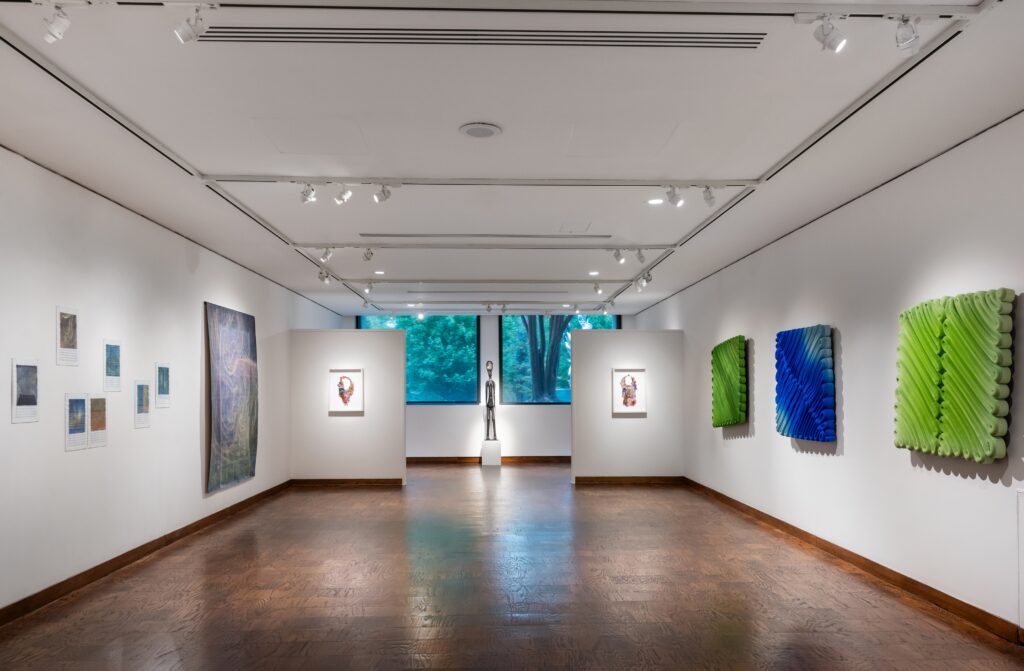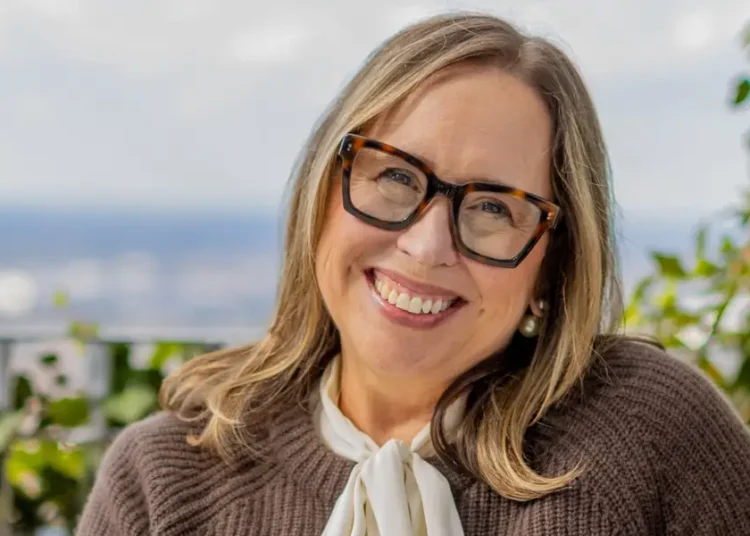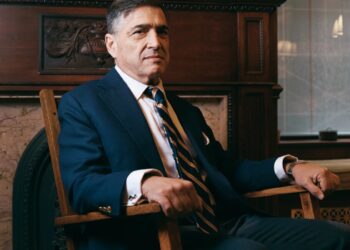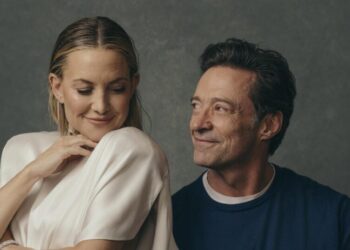In 1990, under attack from Republican figures, the National Endowment for the Arts canceled grants to four performance artists. It was a watershed moment for the culture wars, which saw exhibits and artworks by the likes of Karen Finley, Robert Mapplethorpe and David Wojnarowicz canceled or defunded — or elevated to notoriety. After repeated controversies over art deemed obscene by the authorities, the NEA finally scrapped grants for individual artists in 1994.
Two years later, surveying the landscape for artists such as herself, photographer Susan Unterberg stepped into the breach. With money she inherited from her father, she launched a grant program, Anonymous Was a Woman, named after the line from Virginia Woolf’s “A Room of One’s Own.” Unterberg set out to award $25,000 grants, in secret, to women artists over the age of 40.
The ’90s culture wars came roaring back under President Donald Trump: Anne-Imelda Radice, who served as NEA chair under President George H.W. Bush, is once again in government. The NEA has slashed previously approved grants, and the White House has once again proposed eliminating the agency, which is steering new grants toward patriotic displays for the U.S. semiquincentennial and the proposed National Garden of American Heroes.
Anonymous Was a Woman, meanwhile, never went anywhere. For the past two-plus decades, Unterberg has given away nearly $7 million to more than 300 artists, going public with her role only in 2018. (The award is up to $50,000 now.) Her grant program is celebrating its 25-year history, marked with a New York University exhibition earlier this year and now, in another display of fierce individualism and unbounded speech, with a cosmic show of D.C.-area women artists at the Kreeger Museum.
“Anonymous Was a Woman” at the Kreeger highlights four DMV artists who received AWAW grants: Jae Ko, Linn Meyers, Joyce J. Scott and Renée Stout. Assembled by Vesela Sretenović, co-lead for the Grey Art Museum presentation at NYU and one of Washington’s most diligent curators, “Anonymous” is a modest exhibit, a subset of a subset, that nevertheless holds together as a meditation on body and spirit, with a pointed edge.
Despite its small size, the show spans a wide range of strategies for attacking the canvas. The L.A.- and D.C.-based artist Meyers, who styles her name with lowercase letters, creates abstract drawings, for example, that reflect her body’s role in their production.
“Law of the Meander” (2025) is a typical piece: Tiny fluctuations in the hundreds of lines she draws in acrylic ink culminate in huge ripples across the page. It’s as if she’s trying to convey the scale of the cosmos at both ends of the spectrum, from the quantum hum of vibrating filaments to the macro structures that traverse galaxies. At the same time, Meyers is directly recording a ledger of imperfections produced by her hand.
Ko’s work also speaks to powerful natural forces. A Korean American sculptor who lives in Alexandria, Virginia, and Piney Point, Maryland, Ko makes her artworks from rolls of commercial paper that she’s submerged in pools of sumi and calligraphic ink. The resulting material resembles folds of fine fabric, which she sometimes presents in room-spanning installations that resemble geological formations.
Among her works in “Anonymous” are four green and blue ombré sculptural paintings titled “Rhombus” (2025). Arguably, Ko’s artworks belong one room over, in a gallery dedicated to Washington Color School artists from the Kreeger’s collection, alongside paintings by Thomas Downing and Sam Gilliam.
Some of the best and most genre-defying moments in “Anonymous” can be credited to multidisciplinary mystic Stout. A D.C. artist who explores hoodoo and other African diaspora forms of knowledge — as well as feminist realms of the occult — Stout never fails to surprise.
For “The Guardian” (2024), the artist resurfaced an African wood sculpture of a woman figure, region and origin unknown, with rhinestone and cubic zirconia gems to create an all-new artifact. Along with two similarly up-styled wooden scepters, “Healing Staff” (2024) and “Harriet Tubman’s Divining Rod” (2024), Stout’s sculpture offers a rare dialogue with African statues at the Kreeger, the kind of crafts that are ubiquitous in mid-century collections such as this one even as they are too often relegated to the past.
Baltimore’s Scott also stands at the intersection of craft and contemporary art. She is known best for free-form beaded sculptures, some of which double as wearable objects. Works by Scott in “Anonymous” blow past easy categorizations. “Palestine/Israel” (2025) is a howl of protest that happens to take the form of a bib or ascot. Weaving together glass beads, Scott depicts the Palestine state flag amid a jumble of skeletons as well as symbols that include a Star of David, the evil eye and a swastika — a blunt objection, a crafter’s “Guernica.”
Less representational but no less powerful, formally, is “Hiddenn” (2025), an abstract wearable piece with the rhythm of Kandinsky and color forms of Joan Miró.
“Palestine/Israel” is not the only political statement in the show. Stout’s figurative dreamscape “The Ugly Truth” (2025) includes a figure in profile, wearing a ball cap and clutching a tactical rifle; his brain is visible, as if by X-ray, and visibly infected by a worm. But even the abstract projects by Ko and Meyers belong to a tradition of alternative speech. The formal experiments in “Anonymous” are no less daring than the narrative barbs: Both values matter.
If you go
Anonymous Was a Woman
Kreeger Museum, 2401 Foxhall Rd. NW. kreegermuseum.org. 202-337-3050.
Dates: Through Dec. 31.
Prices: $15; $10 for students, teachers and seniors; free for military and those 18 or younger.
The post ‘Anonymous Was a Woman’ showcases four daring artists
appeared first on Washington Post.




